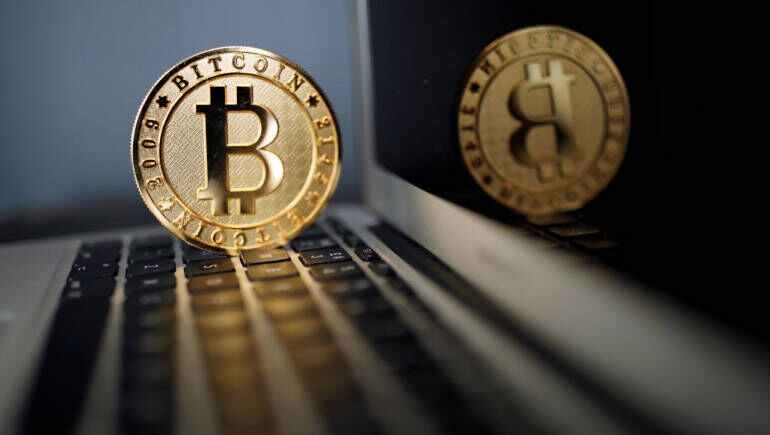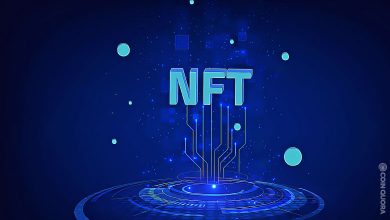
Any asset occurring in a digital format that utilizes cryptography is a crypto asset. Cryptography is a practice for secure communication through advanced encryption with mathematical codes. These codes ensure a crypto asset’s authenticity and reduce the possibility of counterfeiting or double-spending. Although crypto assets are all digital assets, it is important to note that not all digital assets are cryptocurrencies.
The concept of bitcoin is still foreign to most, especially as new blockchain releases continue to change the Best Cryptocurrency Trading Platforms space as we know it. For those who are just starting their crypto journey, the two most common blockchain-based digital assets are cryptocurrency coins and tokens. Although these terms are used interchangeably by the general public and are available for purchase on platforms like cryptoexchange, they are technically very different for a few key reasons.
Table of Contents
What is a Coin?
First things first, a digital coin is an asset built on its own blockchain and is hence referred to as a native token. Some examples are Bitcoin, Ether, or Litecoin since each coin exists on its own blockchain. Therefore, bitcoin operates and functions on the bitcoin blockchain. Transactions of each digital coin can be made from person to person without sending a physical object. Instead, each coin is a data point on a centralized database, where all devices in the blockchain can view and validate it.
People can use a coin in the cryptocurrency space in the same way as a physical coin and other real money. Each coin can transfer value between parties, temporarily store value, or as a unit of account for products or services. These monetary use cases are common across all coins. However, some digital coins such as Ether and DASH have additional features, such as providing a platform for additional token creation or voting rights.
What are Tokens?
Many people call digital coins tokens. But, this isn’t necessarily the case. Creators build tokens on existing blockchains, one of the most common being Ethereum. The Ethereum blockchain is known for creating and facilitating smart contracts and decentralized applications (dApps). Blockchain miners will need to approve and validate each new token created on the Ethereum blockchain. As a result, fees are a requirement as payment from the creator. These fees consist of the right to create the token and a portion of each transaction that takes place.
Decentralized applications (dApps) are the basis for most token creations. A separate blockchain is not a requirement for dApps and token creation. As a result, creators save immense time and resources. These savings prove to be a win-win solution for both parties since the native blockchain continues to gain use cases. The developer can benefit from the platform’s existing security without finding their own miners to verify transactions. Some common examples of crypto tokens built on the Ethereum platform are DAI, LINK, and even CryptoKitties, to name a few. These tokens differ in function, even playing a vital role in online gameplay.
The native blockchain provides a variety of standards for new tokens. Again referring to Ethereum as the example, the most well-known standards include ERC-20, which can interact with Ethereum’s dApps, and the ERC-721 standard, which creates non-fungible tokens that are individually unique, such as digital art.
Token vs. Crypto Coin
The simple answer to the difference between a token and a coin? A blockchain that issues its own token is a cryptocurrency coin. For example, the bitcoin blockchain is the foundation for the bitcoin currency. In comparison, an existing blockchain that houses coins is considered a token. An example of this is the Ethereum platform. Coins are also used primarily as money and may not have other uses. On the other hand, people use tokens for various other uses depending on the dApp.
Issuing a new token is not as complicated and can be done with a basic understanding of smart contracts. In comparison, creating a new cryptocurrency coin involves developing a protocol, proper hardware, and a supportive community ready to use the coin. When a user builds a token on another blockchain, it does not need to be adopted. Therefore, creators only have to consider how to issue them.
The variety of digital assets that are becoming mainstream in the blockchain industry continue to spark innovation in a new and expanding economy.
Follow TodayTechnology for more Technology, Business, and Digital Marketing News.







